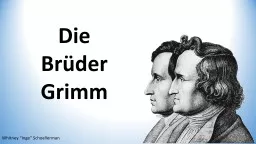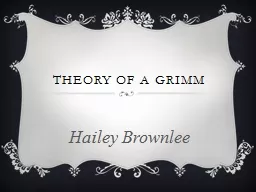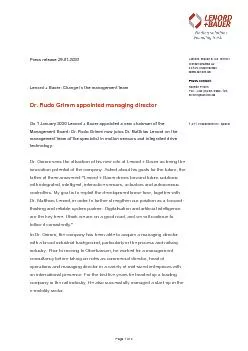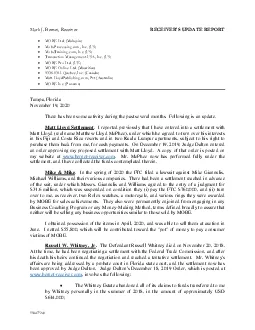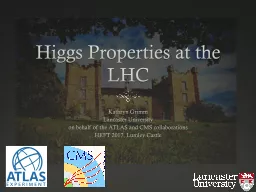PPT-Die Brüder Grimm Whitney “Inge”
Author : radions | Published Date : 2020-09-29
Schoellerman The Grimm Family The Grimm brothers family was from Hanau STRONGLY Protestants GreatGrandfather Friedrich and Grandfather Also Friedrich Grimmwere clergymen
Presentation Embed Code
Download Presentation
Download Presentation The PPT/PDF document "Die Brüder Grimm Whitney “Inge”" is the property of its rightful owner. Permission is granted to download and print the materials on this website for personal, non-commercial use only, and to display it on your personal computer provided you do not modify the materials and that you retain all copyright notices contained in the materials. By downloading content from our website, you accept the terms of this agreement.
Die Brüder Grimm Whitney “Inge”: Transcript
Download Rules Of Document
"Die Brüder Grimm Whitney “Inge”"The content belongs to its owner. You may download and print it for personal use, without modification, and keep all copyright notices. By downloading, you agree to these terms.
Related Documents

